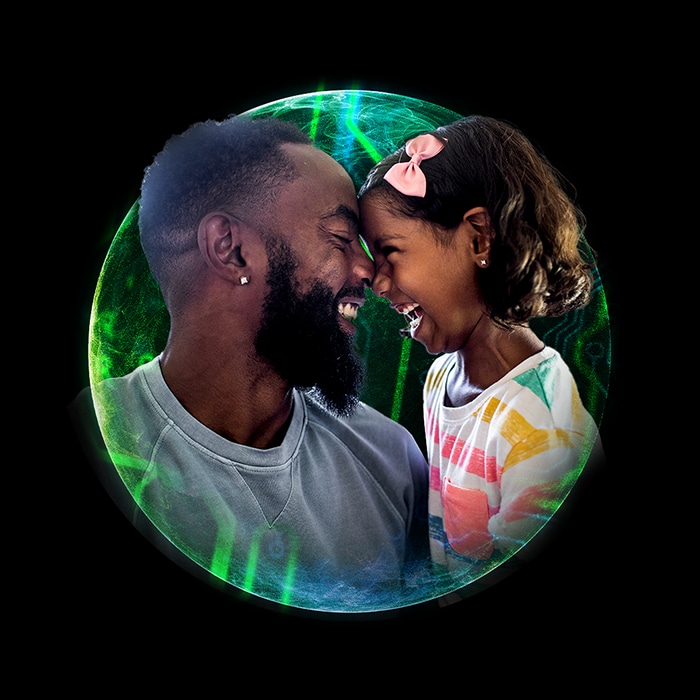Realizing the promise of no wrong door has been saved

Perspectives
Realizing the promise of no wrong door
Using human-centered design to make HHS more intuitive
States that employ a human-centered design approach to health and human services are offering residents a better, more intuitive experience.
State governments today provide a wide array of health and human services benefits, often delivered through different agencies—each with a specific mission, dedicated staff, and disparate data and technology systems. While this may be an effective way to run state programs from an administrative perspective, the typical resident doesn’t understand how agencies are organized, which programs are available, and which agency administers each program. Nor should they. Imagine how frustrated you’d be if you needed to understand the different business units of your bank to deposit or withdraw money.
Relying on residents to “figure it out” is no longer acceptable. There’s a better, more human-centered way to engage residents as they discover, apply for, and maintain health and human services benefits. This approach focuses not on the organizational structure of the state and its agencies, but on residents—empowering them with the knowledge and services they need. Human-centered design elevates the human experience to not only transform how agencies serve residents, but also deliver tangible impact to states.
While the movement to apply human-centered design to health and human services is over a decade in the making, thanks to increased federal funding made available through the American Rescue Plan Act of 2021, states have a window of opportunity to make their services more user-friendly and efficient.
What good design looks like
Thoughtful, human-centered design can address residents’ challenges head-on, with a particular emphasis on three foundational design principles: Make it intuitive, make it easy, and make it clear. Here’s how each of these principles might be brought to life in a one-stop shop for health and human services benefits:
Getting from here to there
So, how do you make this vision a reality and create a truly resident-centered experience? The key is not to start with technology. Start instead with your agency’s goals, whether those include driving enrollment, increasing digital adoption, lowering churn, reducing call center volumes, improving customer experience, or saving time for employees. Measure your baseline performance so you can track the impact of your efforts against these goals.
Several states have used human-centered design to improve the way residents apply for and receive health and human services. The following are three examples.

Get in touch
Phong Huynh |
Jordan Schneidman |
Bill Gordon |
Kate Holman |
Tiffany Fishman |
Recommendations
Welcome to the ISM 2022 Annual Conference & Expo!
Deloitte is a proud sponsor of the ISM 2022 Annual Conference & Expo! Learn more about how you can connect with Deloitte at this year’s conference.
Health and Human Services practice
What makes Deloitte a national leader


